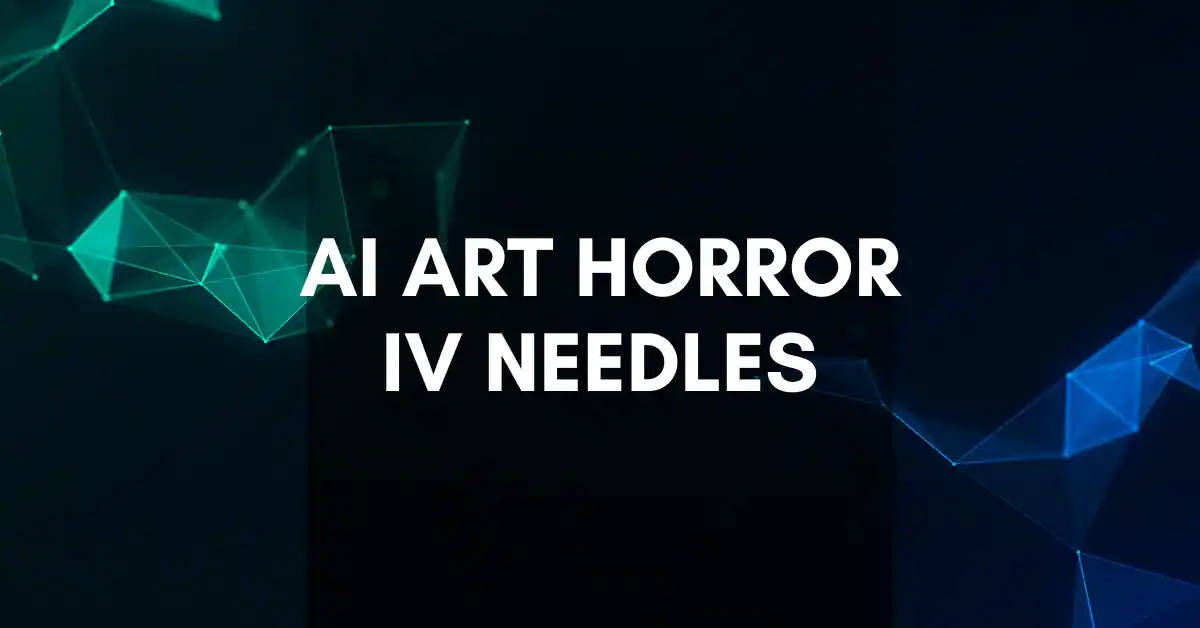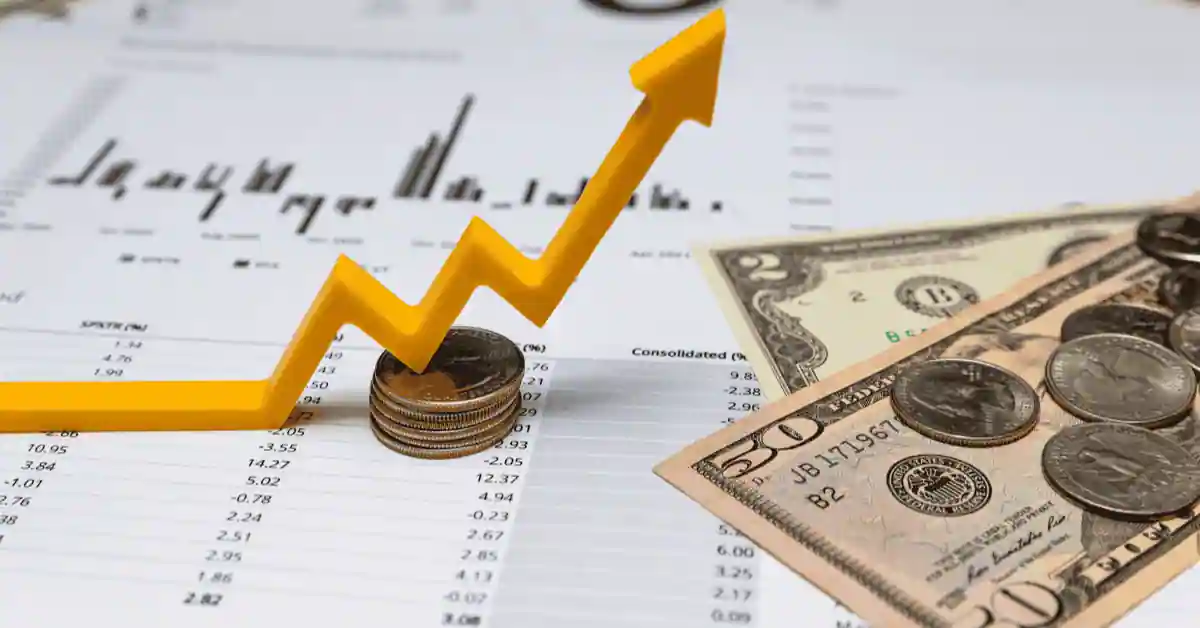Art has always been a reflection of human emotion, experience, and the complexities of our existence. With the rise of artificial intelligence, a new genre of art has emerged—AI art. This innovative form of creativity blends technology with artistic expression, allowing machines to create works that can evoke a wide range of feelings. Among the most haunting and provocative themes in AI art is horror, particularly represented by “IV needles,” which serve as a chilling symbol. But what is it about this imagery that grips us? Let’s dive into the unsettling world of AI art horror and explore the role of IV needles.
What Makes AI Art Horror Unique?
AI art horror stands out due to its ability to encapsulate our deepest fears and societal anxieties through a lens that is both familiar and foreign. Moreover, the blend of algorithms and creativity leads to unique interpretations that push boundaries.
The Role of Technology in Horror Art
Historically, technology has always played a significant role in horror art. From early cinema to modern digital creations, the tools artists use help shape how fear is communicated. In this regard, AI takes this to a new level by crafting pieces that can simultaneously evoke dread and intrigue.
AI’s Interpretation of Fear
In essence, AI analyzes vast datasets to understand what scares us, drawing from classic horror tropes to contemporary societal fears. Consequently, it can remix these elements in ways that humans might not even consider, creating a fresh yet familiar sense of horror.
The Symbolism of IV Needles in Art
When we think of IV needles, images of hospitals and medical treatment typically come to mind. However, in the realm of horror art, these symbols take on a much darker meaning.
Medical Imagery and Its Emotional Impact
Medical imagery often represents vulnerability and the fragility of life. In particular, IV needles are associated with dependency and loss of control—ideas that can be unsettling. Therefore, in horror art, they become potent symbols of fear, often illustrating a loss of autonomy and the dread of medical interventions.
IV Needles: A Gateway to Fear
The imagery of IV needles can evoke strong emotions. They remind us of pain, illness, and the reality of our mortality. When depicted in a horror context, they amplify these feelings, thereby creating a narrative that can terrify and fascinate simultaneously.
The Evolution of Horror in AI Art
The horror genre has undergone significant transformations over the years. Notably, AI art plays a crucial role in this evolution, introducing new narratives and styles.
Historical Context of Horror Art
To understand the present, we must acknowledge the past. Horror art has roots in ancient civilizations, where fear was often depicted through mythology and folklore. As a result, the genre has evolved through literature, film, and now, digital art, with each medium contributing to how we perceive horror.
How AI Art Reflects Modern Fears
Today’s fears—such as pandemics, technology, and isolation—are mirrored in AI-generated horror art. Specifically, the integration of IV needles into this mix symbolizes our anxieties surrounding healthcare and our vulnerability in a rapidly changing world.
Case Studies of AI Art Featuring IV Needles
To truly grasp the impact of IV needles in AI horror art, we can examine specific case studies.
Notable Artists and Their Works
Several artists have begun exploring the horror genre through AI. One prominent figure is Refik Anadol, whose work delves into the intersection of AI and the human experience, often incorporating unsettling medical imagery. Thus, his pieces exemplify how technology can provoke fear.
Analysis of Specific Pieces
One piece that stands out features an IV needle dripping not medicine, but dark, swirling clouds of ink. This portrayal invites the viewer to confront their fear of the unknown—what happens when the very tools designed to save us become instruments of horror?
The Psychological Impact of Horror Art
Horror art, especially in the AI realm, elicits powerful psychological responses. But why do we find ourselves drawn to this genre?
Why Do We Find Horror Art Compelling?
Humans possess a natural curiosity about fear and the unknown. In this context, horror art allows us to confront these feelings in a safe environment, leading to catharsis and even enjoyment.
The Duality of Fear and Fascination
There’s a delicate balance between fear and fascination. While IV needles can trigger horror, they also prompt reflection on our own health and vulnerabilities, making them compelling subjects in art.
The Future of AI Art and Horror
As technology continues to evolve, so too will the genre of horror in AI art.
Emerging Trends in AI Art
We are likely to see more artists experimenting with horror themes, integrating complex narratives that challenge societal norms and fears. In the coming years, the future may hold AI art that interacts with viewers, personalizing the horror experience based on individual fears.
The Potential for New Narratives
As AI becomes more advanced, the narratives surrounding horror will deepen, offering fresh takes on traditional themes. For instance, IV needles may represent not just fear of medical dependency but also questions about agency and the future of healthcare.
Conclusion
In conclusion, AI art horror, particularly when featuring IV needles, encapsulates our most profound fears in an engaging and thought-provoking manner. As technology evolves, so does the potential for new forms of expression within this genre. By understanding the symbolism and emotional impact of these works, we can begin to unravel the complexities of fear that they represent.
FAQs
What is AI Art?
AI art is a form of artwork created using artificial intelligence algorithms, allowing machines to generate creative pieces that can evoke various emotions.
Why do people create horror-themed AI art?
Artists explore horror themes to confront societal fears, challenge norms, and engage viewers in conversations about vulnerability and the human experience.
What does IV needle imagery symbolize?
IV needles symbolize vulnerability, dependency, and the fragility of life, often evoking feelings of fear and anxiety related to health and medical interventions.
How is AI changing the landscape of art?
AI is transforming art by introducing new techniques, perspectives, and possibilities, allowing for innovative expressions that blend technology with creativity.
Can AI art evoke genuine emotions?
Absolutely! AI art can evoke strong emotions by tapping into our fears, experiences, and cultural contexts, creating powerful connections with viewers.
This revised version includes more transition words to enhance the flow of ideas throughout the article. If you need further adjustments or additional content, just let me know!






